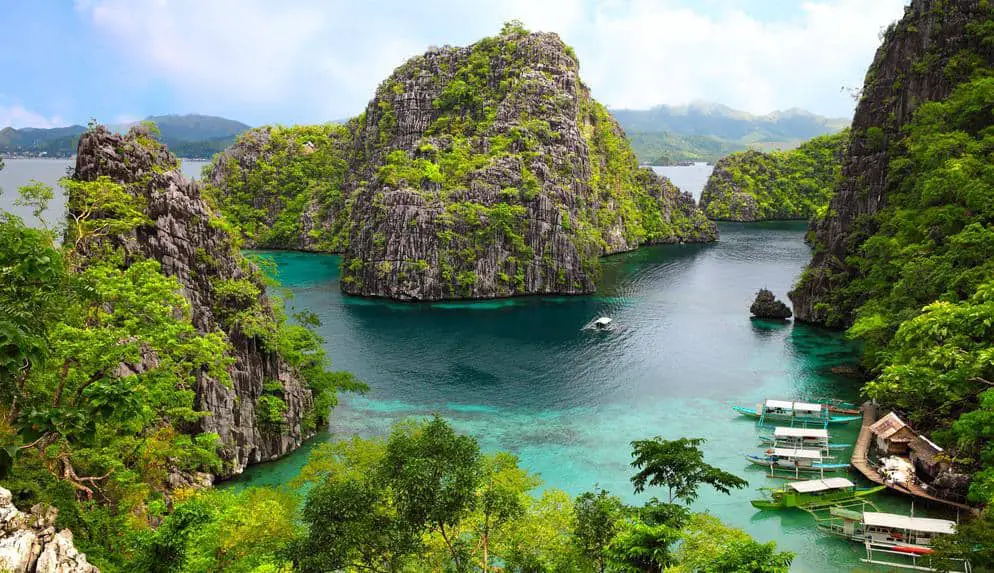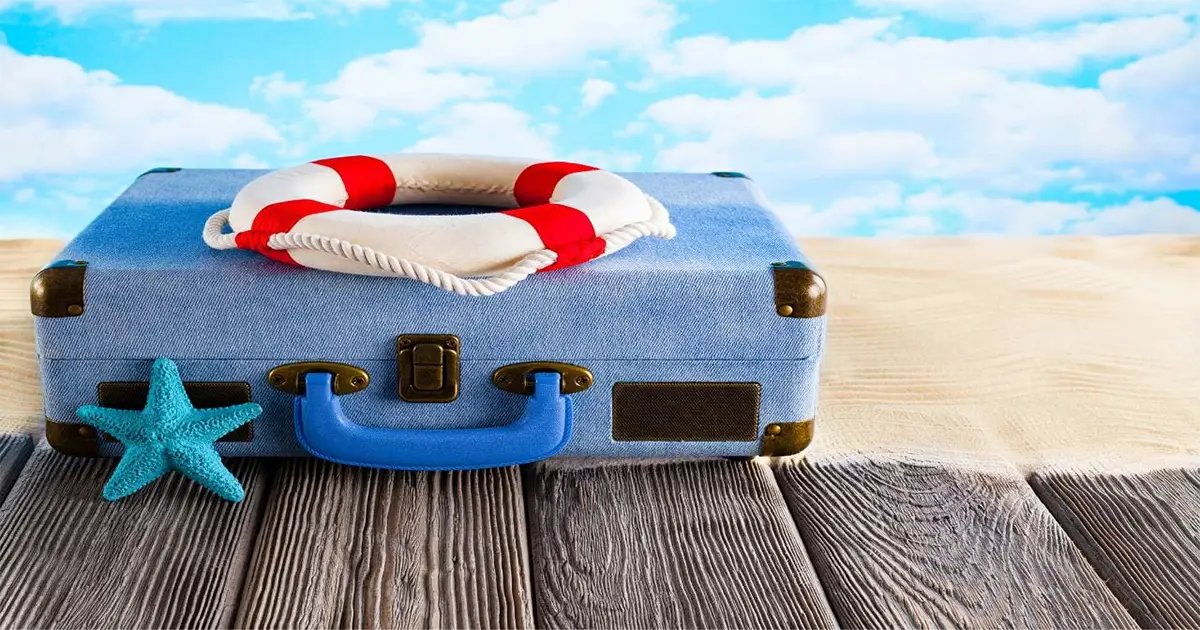Discover the Best Month to Visit Philippines: A Comprehensive Guide
Introduction
The Philippines, an archipelago of over 7,600 islands, is a vibrant travel destination known for its stunning beaches, rich cultural heritage, and warm hospitality. From the turquoise waters of Palawan to the bustling streets of Manila, this Southeast Asian gem offers something for every traveler. However, choosing the best month to visit the Philippines can make or break your experience, as the country’s tropical climate and seasonal events significantly impact travel plans. This guide explores the ideal travel time to the Philippines, breaking down weather patterns, festivals, and activities to help you plan the perfect trip.
Climate and Weather Patterns in the Philippines
The Philippines has a tropical climate characterized by high temperatures, humidity, and distinct wet and dry seasons. Understanding these Philippine travel seasons is key to picking the right time for your visit.
- Dry Season (November to April): Known as the “cool dry season” (November to February) and “hot dry season” (March to April), this period offers sunny days and lower humidity, ideal for outdoor activities like island-hopping and hiking.
- Wet Season (May to October): Heavy rainfall and occasional typhoons define this season, with July to September being the peak monsoon months. While travel is still possible, it requires flexibility and preparation.
Temperature typically ranges from 25°C to 32°C year-round, with humidity levels fluctuating based on the season. Coastal areas and islands like Boracay and Cebu enjoy consistent sea breezes, while inland regions like Baguio are cooler.
The Best Month to Visit the Philippines
For most travelers, February stands out as the best month to visit the Philippines. This month falls in the cool dry season, offering pleasant weather with average temperatures of 26°C to 30°C and minimal rainfall. The clear skies and calm seas make it perfect for beach activities, diving, and exploring natural wonders like the Chocolate Hills in Bohol or the rice terraces in Banaue.
February also coincides with vibrant festivals, such as the Panagbenga Festival in Baguio, where colorful flower floats and street dances celebrate the region’s floral heritage. Additionally, tourist crowds are manageable compared to peak holiday months like December, and accommodation prices are often more reasonable than in March or April. Whether you’re seeking adventure, relaxation, or cultural immersion, February provides an ideal balance.
Month-by-Month Breakdown
January to March
Weather Conditions: The cool dry season brings comfortable temperatures (24°C to 31°C) and low rainfall, making it one of the most popular Philippine travel seasons. January and February are particularly pleasant, while March starts warming up, signaling the transition to the hot dry season.
Events and Festivals:
- Sinulog Festival (January, Cebu City): A grand celebration honoring the Santo Niño with street parades, dances, and religious processions.
- Panagbenga Festival (February, Baguio): Known as the Flower Festival, it features vibrant floral floats and cultural performances.
- Moriones Festival (March, Marinduque): A unique Holy Week event with locals dressed as Roman soldiers, reenacting biblical scenes.
These months are excellent for outdoor activities like snorkeling in Palawan, surfing in Siargao, or trekking in Sagada.
April to June
Weather Conditions: April marks the peak of the hot dry season, with temperatures often hitting 33°C. By May, the wet season begins, bringing occasional showers that intensify in June. Humidity rises, but many destinations remain accessible.
Best Activities:
- Island-Hopping: April’s clear skies are perfect for exploring El Nido’s lagoons or Coron’s shipwrecks.
- Beach Vacations: Boracay and Panglao offer pristine beaches for swimming and sunbathing.
- Summer Festivals: The Pahiyas Festival (May, Lucban) showcases colorful house decorations made of rice and produce.
Travelers should book early for April, as it’s a peak domestic travel month due to school holidays.
July to September
Weather Conditions: The monsoon season peaks during these months, with frequent rain and a higher risk of typhoons, especially in August and September. Coastal areas may experience rough seas, impacting ferry schedules and water activities.
Travel Tips:
- Focus on indoor activities like visiting museums in Manila or exploring Intramuros.
- Choose destinations less affected by typhoons, such as Palawan or Davao, which often experience milder weather.
- Pack lightweight rain gear and monitor weather forecasts for flexibility.
Despite the rain, this period offers fewer crowds and lower prices, making it a budget-friendly option for adventurous travelers.
October to December
Weather Conditions: October signals the transition back to the dry season, with rainfall decreasing by November. December is firmly in the cool dry season, offering sunny days and cooler evenings.
Holiday Celebrations:
- MassKara Festival (October, Bacolod): A lively event with masked dancers, vibrant costumes, and street parties.
- Christmas Season (December): The Philippines, a predominantly Catholic country, celebrates with dazzling lights, carols, and the Simbang Gabi, a series of pre-dawn masses.
December is a festive but busy month, with crowded tourist spots and higher prices due to holiday travel.
Tips for Planning Your Trip to the Philippines
- Booking Advice: To secure the best month to visit the Philippines, book flights and accommodations 3–6 months in advance, especially for February, April, or December. Use comparison sites like Skyscanner or Agoda for deals. Consider multi-city flights to explore multiple islands efficiently.
- Packing Essentials: Pack lightweight, breathable clothing, sunscreen, and insect repellent for the tropical climate. Include a rain jacket for the wet season and sturdy shoes for hiking or city exploration. A reusable water bottle and universal adapter are also handy.
- Other Tips: Check visa requirements (most nationalities get a 30-day visa-free entry). Use local transport like jeepneys or tricycles for an authentic experience. Always carry cash, as ATMs may be scarce in remote areas.
Conclusion
Choosing the best month to visit the Philippines depends on your preferences, but February stands out for its perfect blend of pleasant weather, vibrant festivals, and fewer crowds. Whether you’re drawn to the pristine beaches of Boracay, the cultural richness of Cebu, or the natural wonders of Palawan, the Philippines promises an unforgettable adventure. Plan ahead, pack wisely, and immerse yourself in the warmth and beauty of this island paradise.
FAQ Section
What is the cheapest month to visit the Philippines?
July to September, during the wet season, typically offers lower prices for flights and accommodations due to fewer tourists.
How does the weather affect travel plans in the Philippines?
The wet season (May to October) may disrupt outdoor activities and ferry schedules due to rain and typhoons, while the dry season (November to April) is ideal for beach and adventure travel.
What are the must-see festivals in the Philippines?
Key festivals include the Sinulog Festival (January, Cebu), Panagbenga Festival (February, Baguio), Pahiyas Festival (May, Lucban), and MassKara Festival (October, Bacolod).



